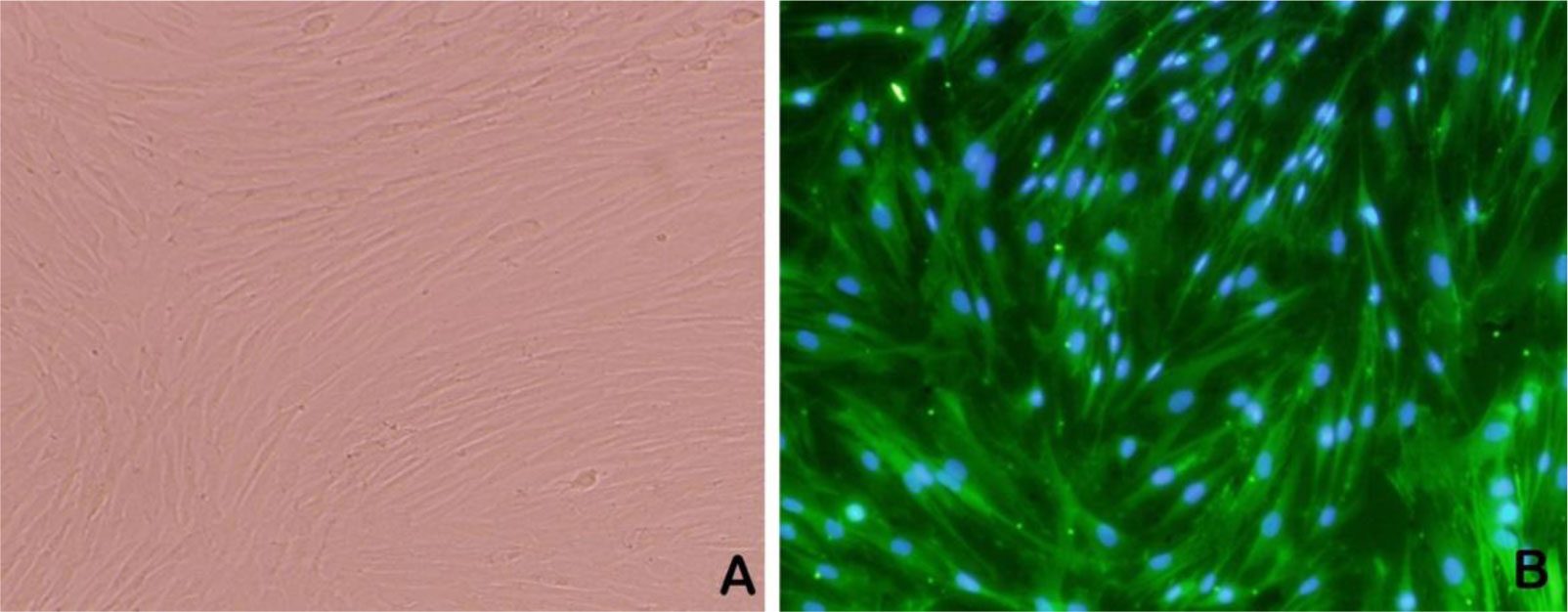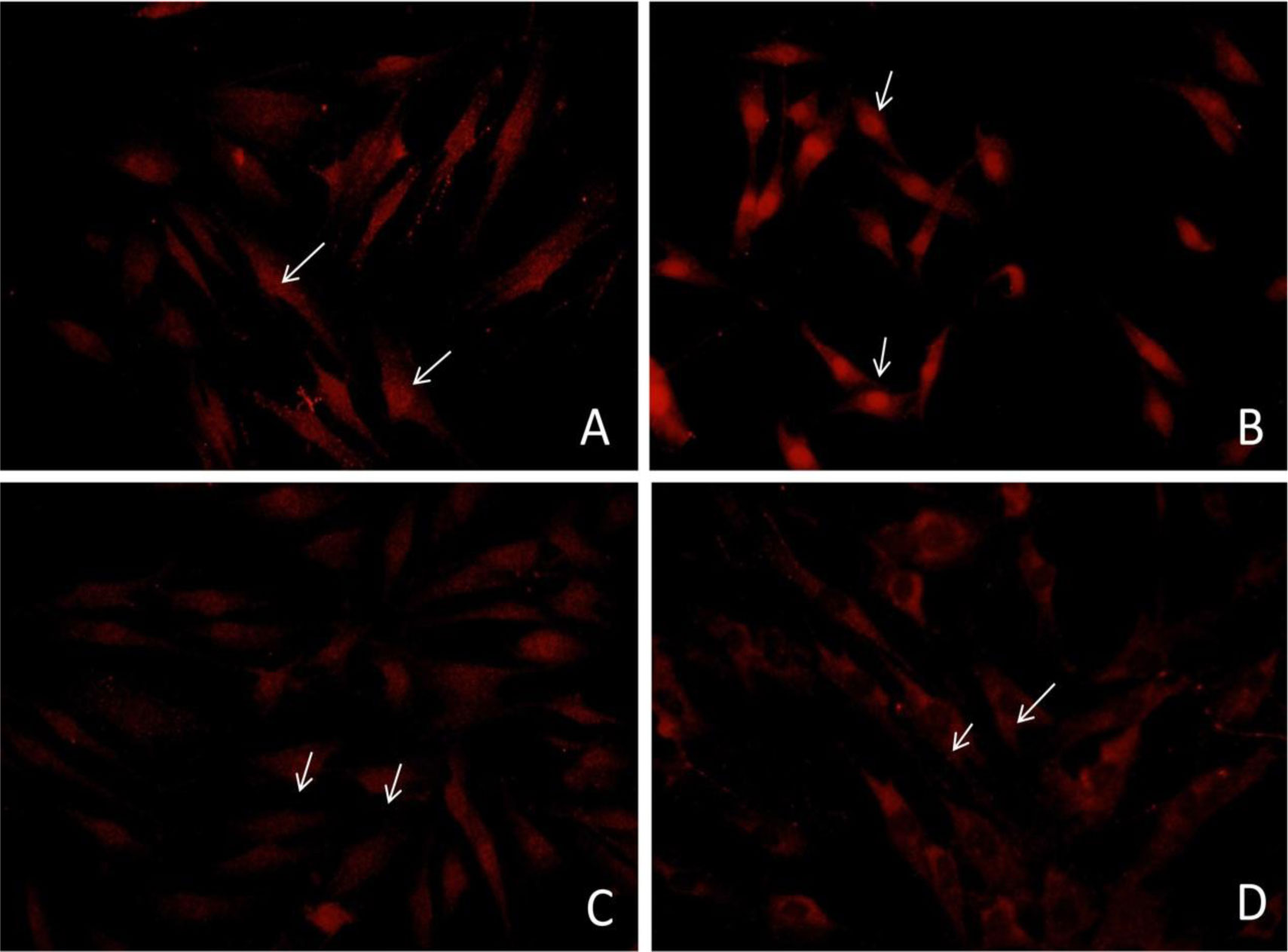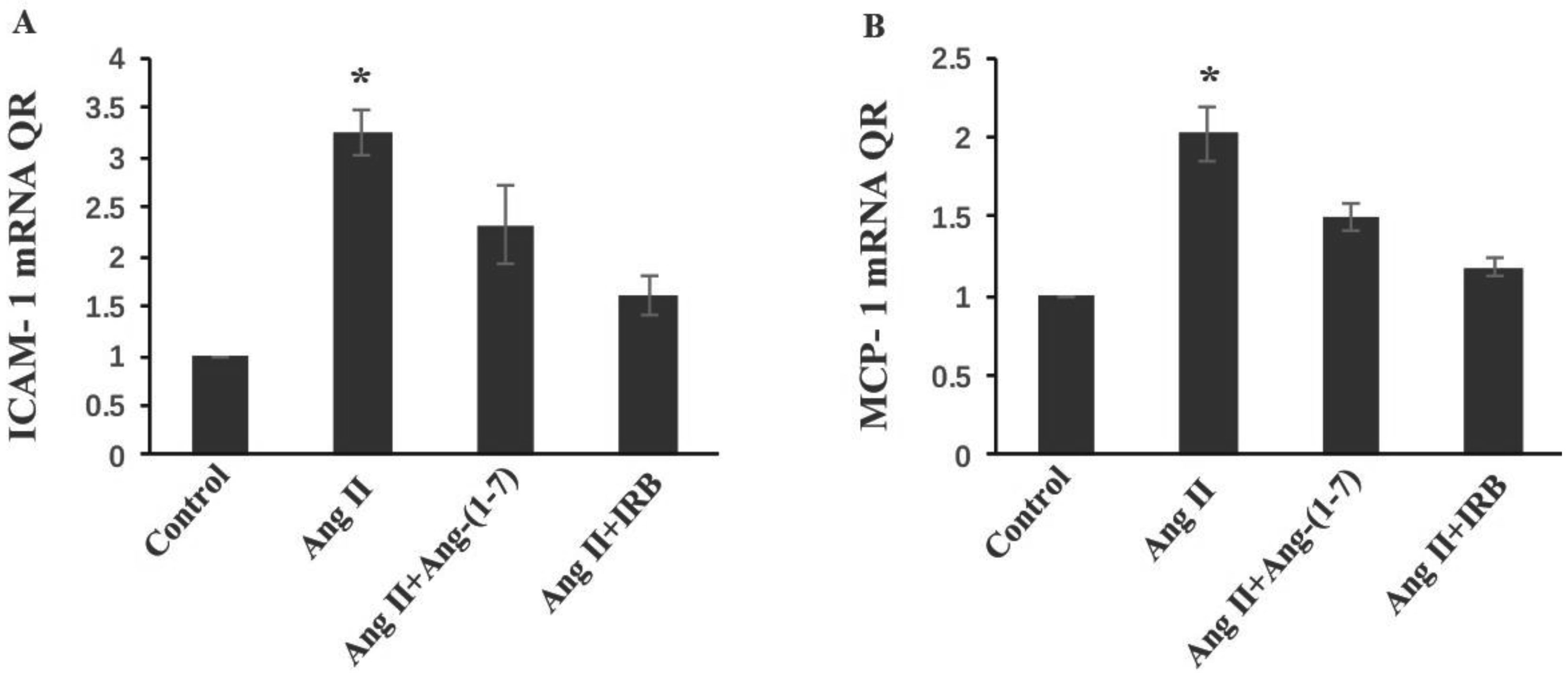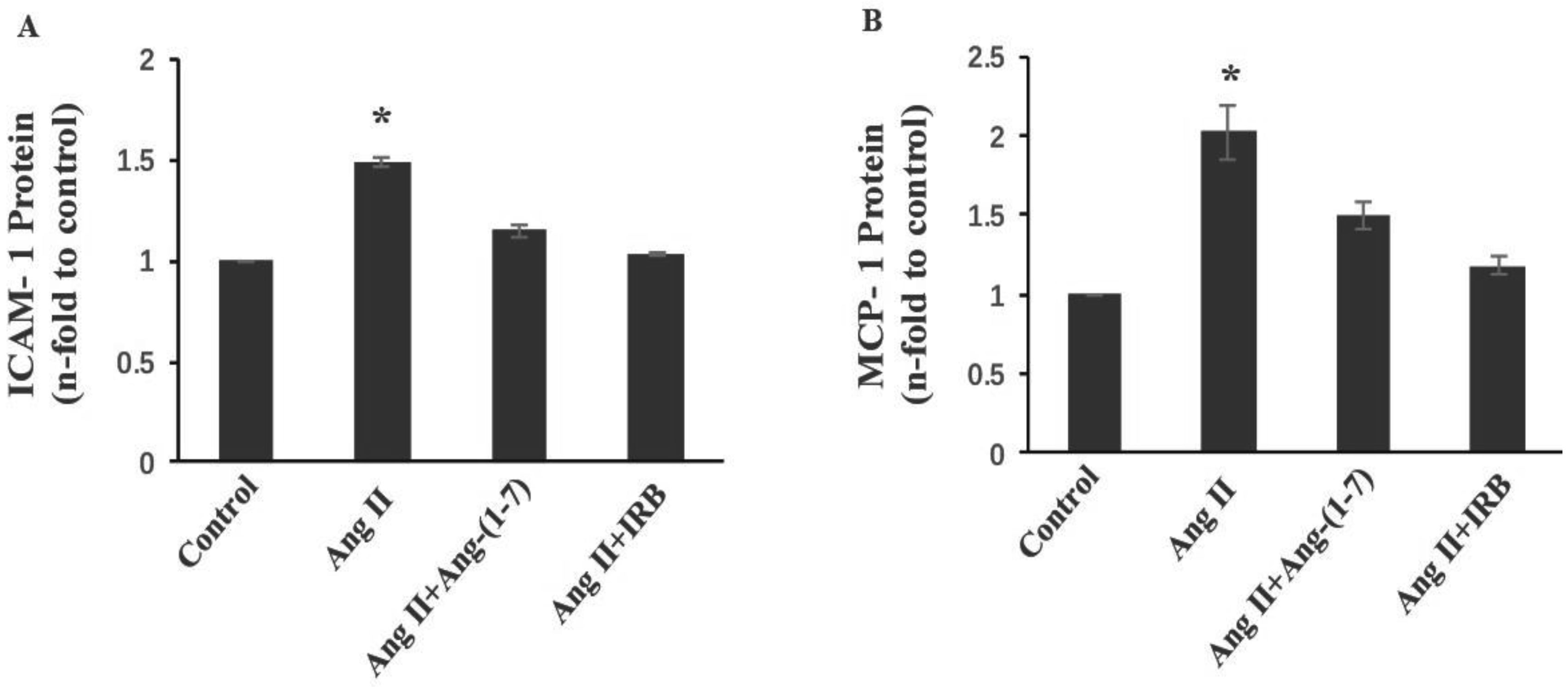1.
Introduction and main results
If $ h $ and $ k $ are integers with $ k > 0 $, the classical Dedekind sums $ S(h, k) $ are defined as
where
The various properties of $ S(h, k) $ were investigated by many authors, one of which is reciprocity theorem (see Tom M. Apostol [1] or L. Carlitz [2]). That is, for all positive integers $ h $ and $ k $ with $ (h, k) = 1 $, we have the identity
Conrey et al. [3] studied the mean value distribution of $ S(h, k) $ and deduced the important asymptotic formula
where $k∑′h=1
$ denotes the summation over all $ h $ such that $ (h, k) = 1 $ and
Moreover, X. L. He and W. P. Zhang [4] gave an interesting asymptotic formula for the Dedekind sums with a weight of Hurwitz zeta-function as follows:
Other sums analogous to the Dedekind sums are the Hardy sums. Using the notation of Berndt and Goldberg [5], they defined
where $ h $ and $ k $ are integers with $ k > 0 $.
In 2014, H. Zhang and W. P. Zhang [6] obtained some beautiful identities involving $ S_{1}(h, k) $ in the forms of
where $ K(n, p) $ denotes the reduced form of the general Kloosterman sums attached to a Dirichlet character $ \lambda $ modulo $ k $ as
where $ e(x) = e^{2 \pi i x} $, $ \overline{a} $ denotes the solution of the congruence $ x \cdot a\equiv 1 \bmod k $.
Recently, H. F. Zhang and T. P. Zhang [7] extended the results in [6] to a more general situation as
where $ \overline{K(n, t, \lambda; p)} $ denotes complex conjugate of $ K(n, t, \lambda; p) $.
Actually there are six forms of Hardy sums (see Berndt [8] and Goldberg [9]). A natural question is whether we can obtain similar results by replacing $ S_{1}(h, k) $ with other forms of Hardy sums. Due to some technical reasons, for most of other forms of Hardy sums, the answer is no! Thanks to the important relationships among Hardy sums and Dedekind sums built by R. Sitaramachandrarao [10], we are lucky to find the only one $ S_{3}(h, p) $ to replace, with
Our starting point relies heavily on the following in [10] as:
Proposition 1. Let $ k $ be an odd positive integer, $ h $ be an integer with $ (h, k) = 1 $. Then
Then applying the properties of Gauss sums and the mean square value of Dirichlet $ L $-functions, we have
Theorem 1. Let $ p $ be an odd prime. Then for any Dirichlet character $ \lambda \bmod p $ and any integer $ s $, $ t $ with $ (s, p) = (t, p) = 1 $, we have
where $ \chi $ is an odd Dirichlet character modulo $ p $ and $ \chi_{0} $ is the principal character modulo $ p $.
Theorem 2. Let $ p $ be an odd prime with $ p\equiv 1 \bmod 4 $. Then for any Dirichlet character $ \lambda \bmod p $ and any integer $ s $, $ t $ with $ (s, p) = (t, p) = 1 $, we have
Theorem 3. Let $ p $ be an odd prime with $ p\equiv 3 \bmod 8 $. Then for any Dirichlet character $ \lambda \bmod p $ and any integer $ s $, $ t $ with $ (s, p) = (t, p) = 1 $, we have
where $ h_{p} $ denotes the class number of the quadratic field $ Q\left(\sqrt{-p}\right) $.
Theorem 4. Let $ p $ be an odd prime with $ p\equiv 7 \bmod 8 $. Then for any Dirichlet character $ \lambda \bmod p $ and any integer $ s $, $ t $ with $ (s, p) = (t, p) = 1 $, we have
Taking $ \lambda = \lambda_{0} $, $ s = t = 1 $ in Theorems 1–4, we immediately deduce the following results.
Corollary 1. Let $ p $ be an odd prime. Then we have the identity
Corollary 2. Let $ p $ be an odd prime. Then we have
2.
Some Lemmas
To prove the Theorems, we need the following Lemmas.
Lemma 1. Let $ k > 2 $ be an integer. Then for any integer $ a $ with $ (a, k) = 1, $ we have the identity
where $ L(1, \chi) $ denotes the Dirichlet $ L $-function corresponding to Dirichlet character $ \chi $ mod $ d $.
Proof. See Lemma 2 of [11].
Lemma 2. Let $ p $ be an odd prime, $ s $ be any integer with $ (s, p) = 1 $. Then for any non-principal character $ \chi \bmod p $ and any Dirichlet character $ \lambda \bmod p $, we have
Proof. See Lemma 2 of reference [7].
Lemma 3. Let $ p $ be an odd prime, $ s $ be any integer with $ (s, p) = 1 $. Then for any non-principal character $ \chi \bmod p $ and any Dirichlet character $ \lambda \bmod p $, we have
where $ \tau(\chi) = \sum_{a = 1}^{p}\chi(a) e\left(\frac{a}{p}\right) $ denotes the classical Gauss sums.
Proof. See Lemma 1 of reference [7].
Lemma 4. Let $ p $ be an odd prime, then we have
Proof. See Lemma 5 of reference [6].
3.
Proof of Theorems
Now we come to prove our Theorems.
Firstly, we prove Theorem 1. Applying Proposition $ 1 $ and Lemma $ 1 $, we obtain
Then from Lemma $ 2 $ and Lemma $ 4 $, if $ \overline{\lambda}\chi = \chi_{0} $, we have
While if $ \overline{\lambda}\chi\neq\chi_{0} $, we have
This completes the proof of Theorem 1.
Then we prove Theorem 2. From Proposition $ 1 $ and Lemma $ 1 $, we obtain
Since $ p\equiv 1 \bmod 4 $, and notice that $ \left|\tau\left(\overline{\chi}^{2}\right)\right| = \sqrt{p} $. From Lemma $ 3 $ and Lemma $ 4 $, if $ \overline{\lambda\chi}\neq\chi_{0} $, $ \overline{\lambda}\chi\neq\chi_{0} $, we have
Similarly, if $ \overline{\lambda\chi}\neq\chi_{0}, \ \overline{\lambda}\chi = \chi_{0} $, we have
If $ \overline{\lambda\chi} = \chi_{0}, \ \overline{\lambda}\chi = \chi_{0} $, we can obtain
So we have
Noting that $ x\leq |x| $ holds for any real number $ x $, we have
Similarly, if $ \overline{\lambda\chi} = \chi_{0}, \ \overline{\lambda}\chi\neq\chi_{0} $, we have
This completes the proof of Theorem 2.
Next we turn to prove Theorem 3. Since $ p\equiv 3 \bmod 4 $, note that $ \left(\frac{-1}{p}\right) = \chi_{2}(-1) = -1 $, $ L(1, \chi_{2}) = \frac{\pi\cdot h_{p}}{\sqrt{p}} $, and $ \tau\left(\overline{\chi}^{2}_{2}\right) = -1 $. From Lemma $ 3 $ and Lemma $ 4 $, if $ \overline{\lambda\chi}\neq\chi_{0}, \ \overline{\lambda}\chi\neq\chi_{0} $, we have
Similarly, if $ \overline{\lambda\chi}\neq\chi_{0}, \ \overline{\lambda}\chi = \chi_{0} $, we have
If $ \overline{\lambda\chi} = \chi_{0}, \ \overline{\lambda}\chi = \chi_{0} $, we can obtain
So we have
Similarly, if $ \overline{\lambda\chi} = \chi_{0}, \ \overline{\lambda}\chi\neq\chi_{0} $, we have
Combining the fact that
we deduce that if $ p\equiv 3 \bmod 8 $, then
If $ \overline{\lambda\chi} = \chi_{0}, \ \overline{\lambda}\chi = \chi_{0} $, we have
Then
Similarly, if $ \overline{\lambda\chi} = \chi_{0}, \ \overline{\lambda}\chi\neq\chi_{0} $, we have
This completes the proof of Theorem 3.
Theorem 4 can be derived by the same method. This completes the proof of our Theorems.
4.
Conclusions
In this paper, we obtain some exact computational formulas or upper bounds for hybrid mean value involving Hardy sums and Kloosterman sums (both classical Kloosterman sums and general Kloosterman sums) by applying the properties of Gauss sums and the mean value of Dirichlet $ L $-function. But in some cases, unluckily, it is difficult to get the exact formula. So how to get the exact formula in all cases remains open.
Acknowledgments
The authors want to show their great thanks to the anonymous referee for his/her helpful comments and suggestions.
This work is supported by the National Natural Science Foundation of China (No. 11871317, 11926325, 11926321) and the Fundamental Research Funds for the Central Universities (No. GK201802011).
Conflict of interest
The authors declare that there are no conflicts of interest regarding the publication of this paper.

















 DownLoad:
DownLoad: